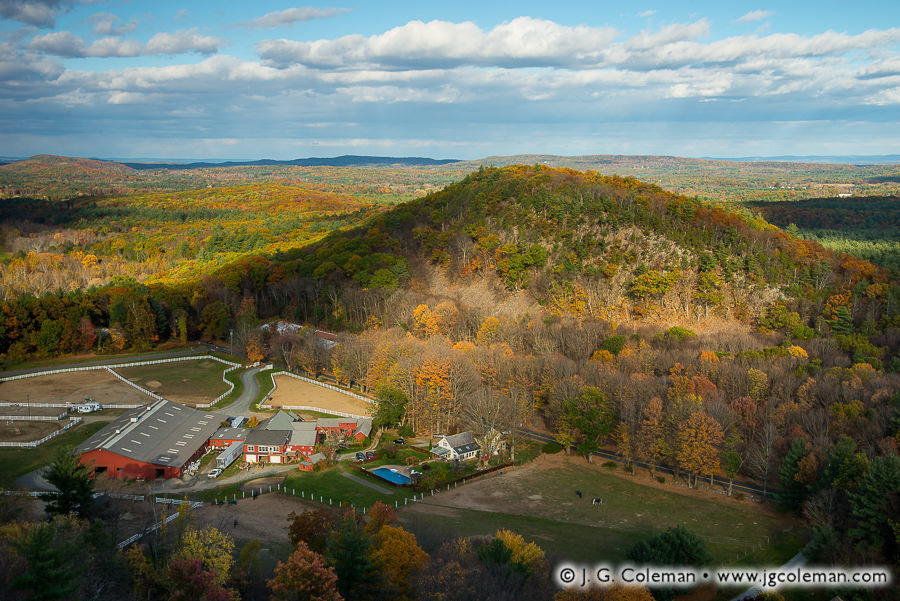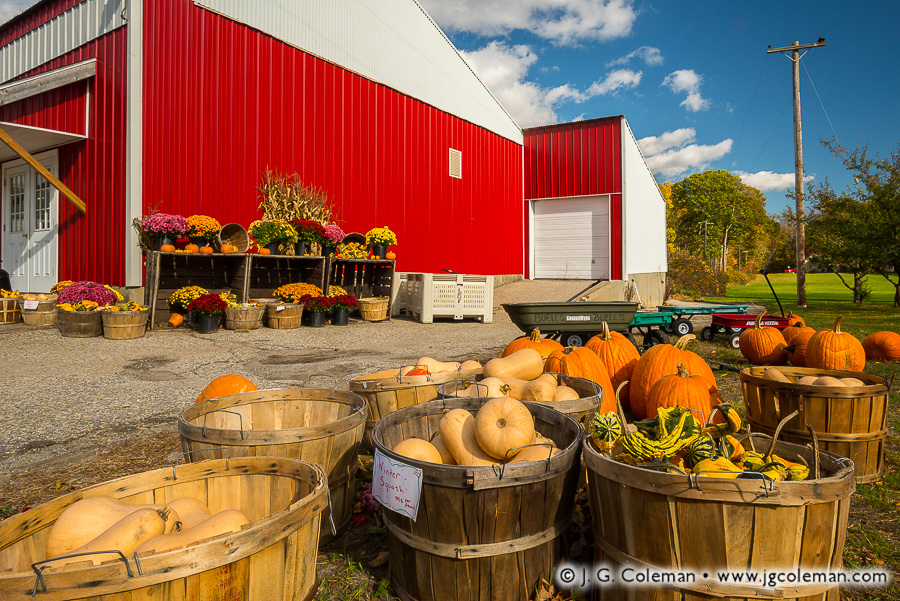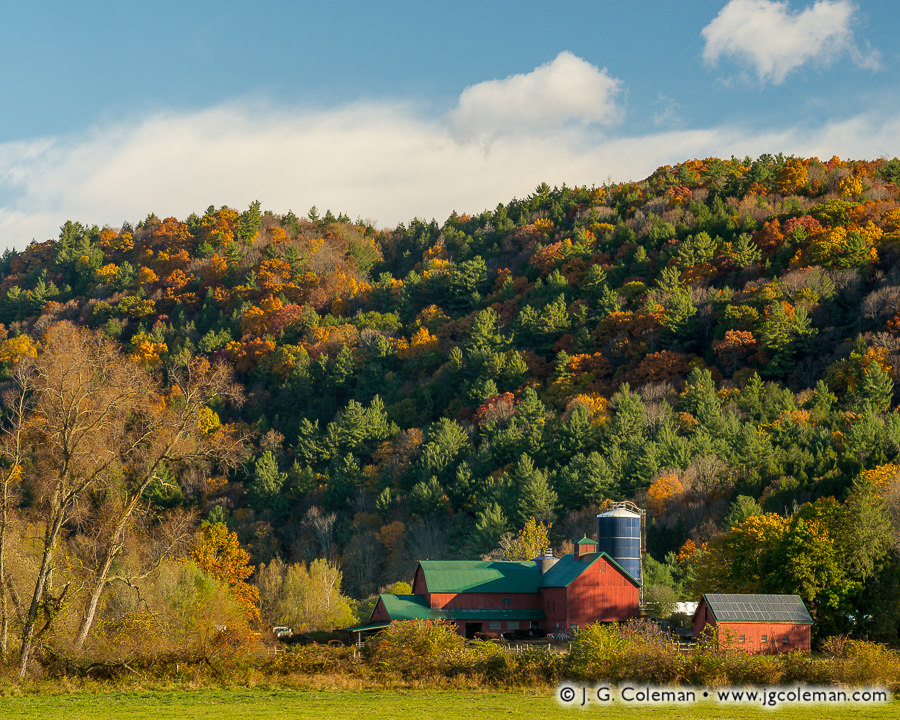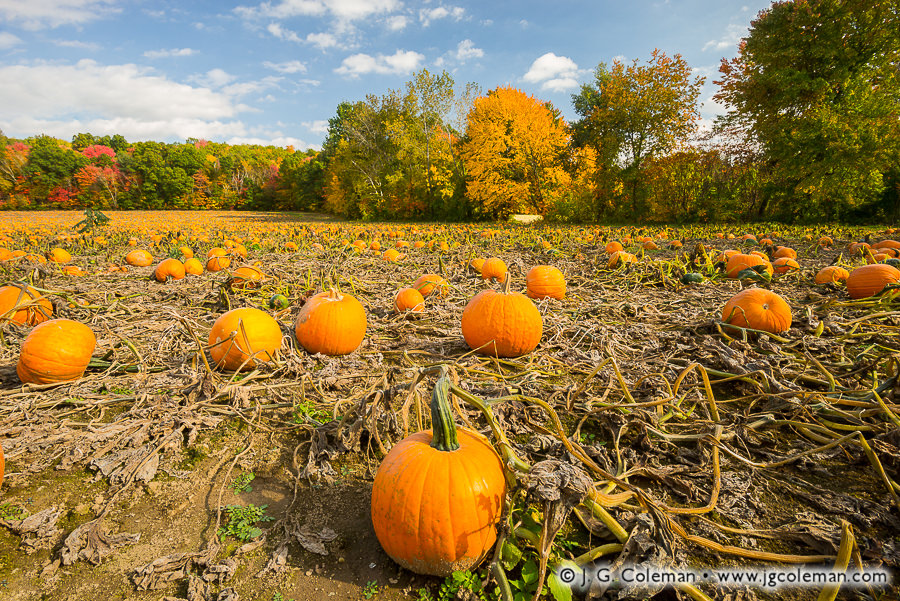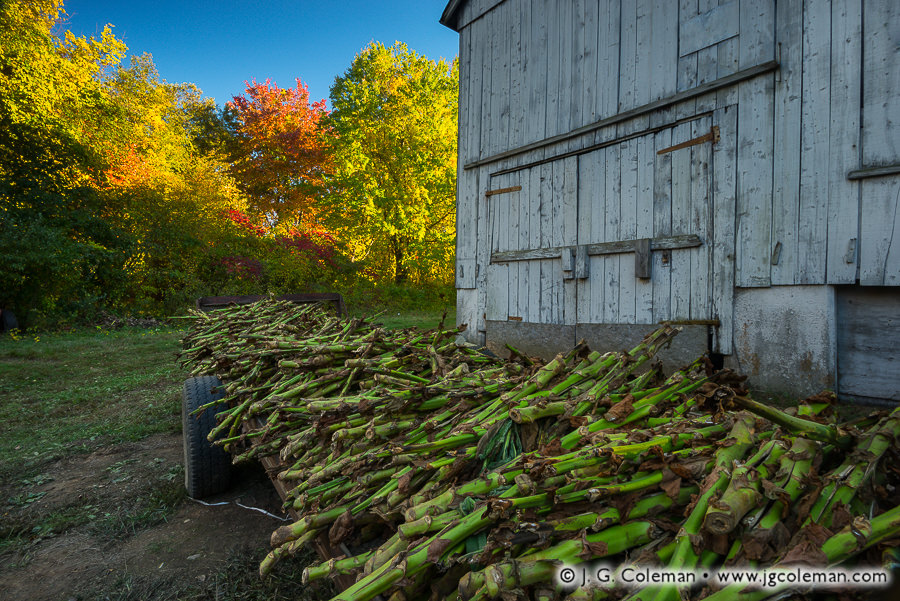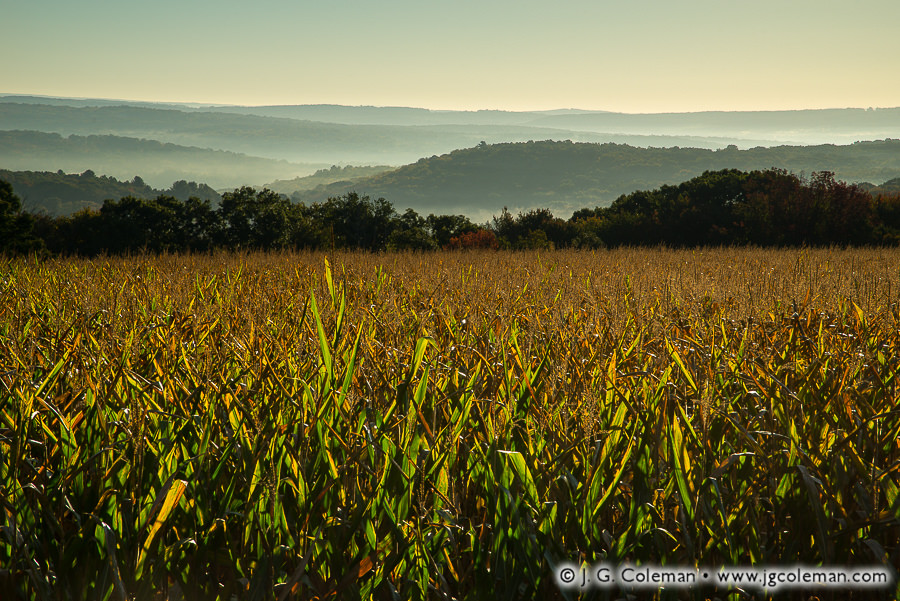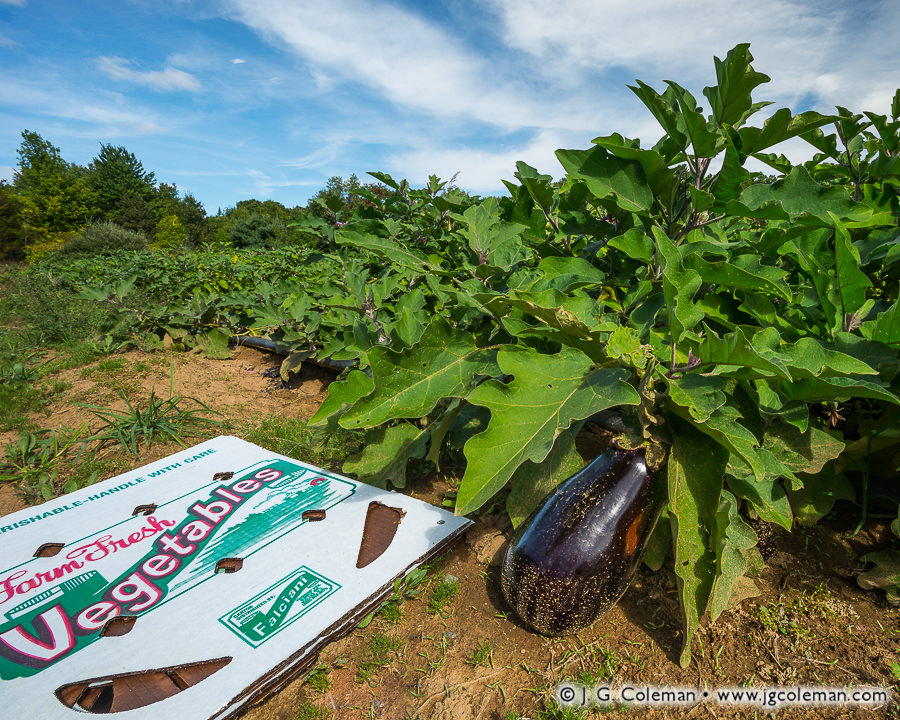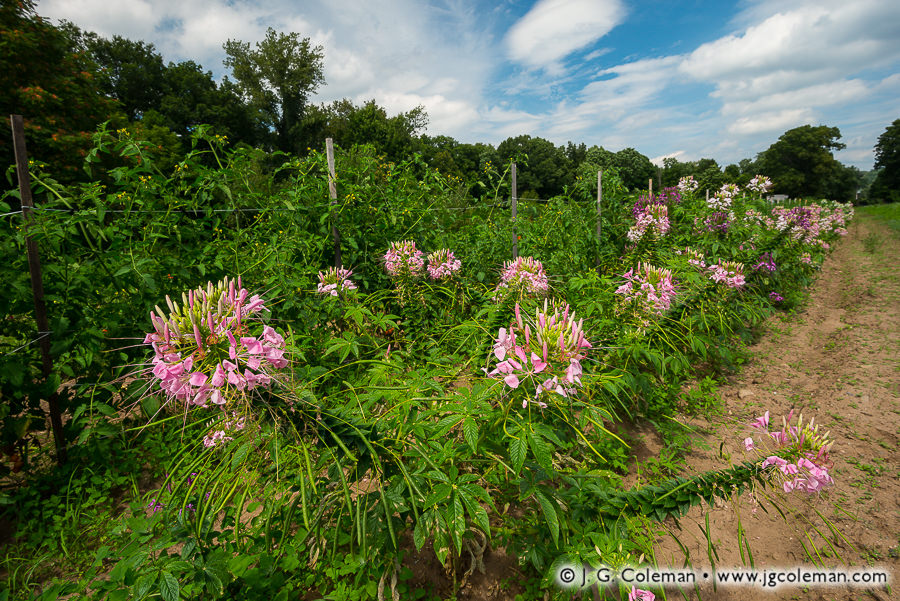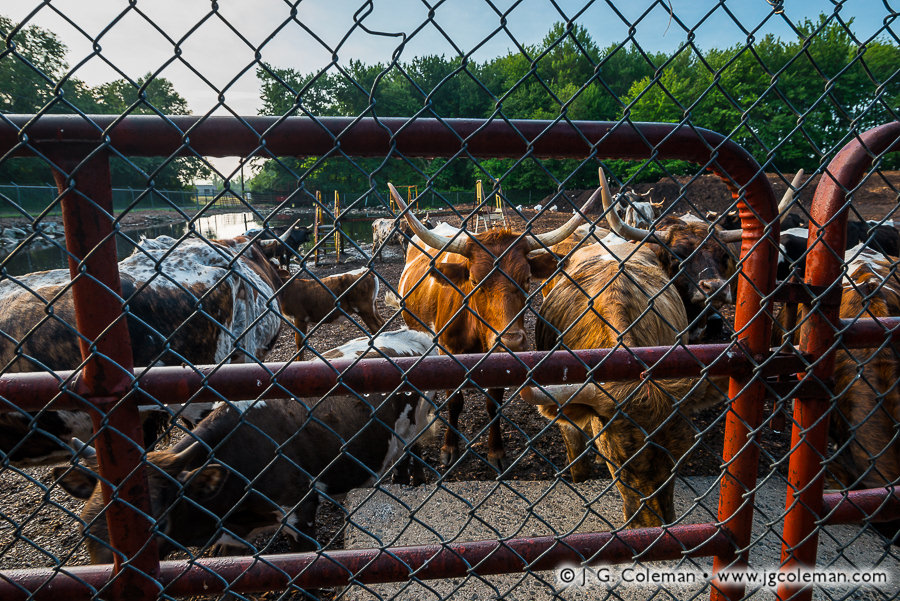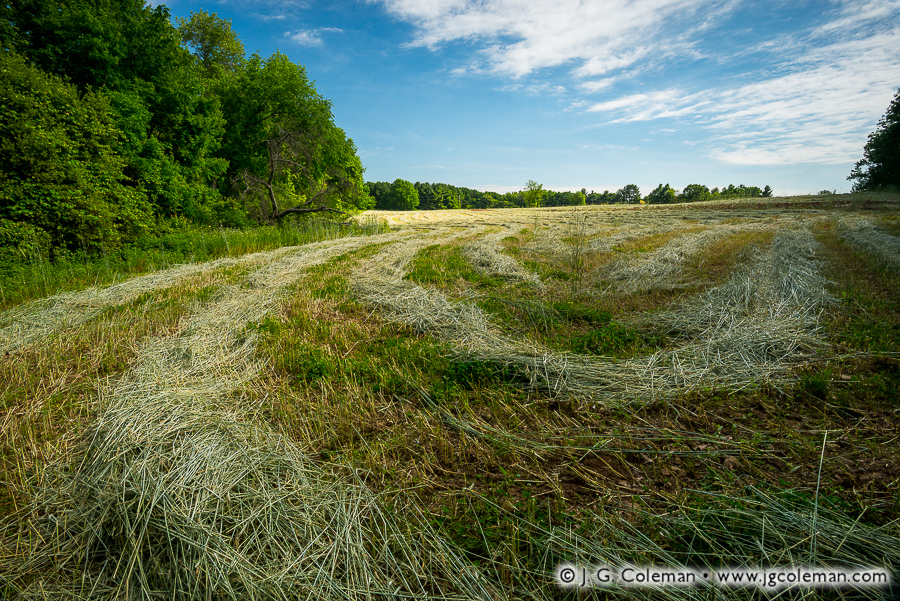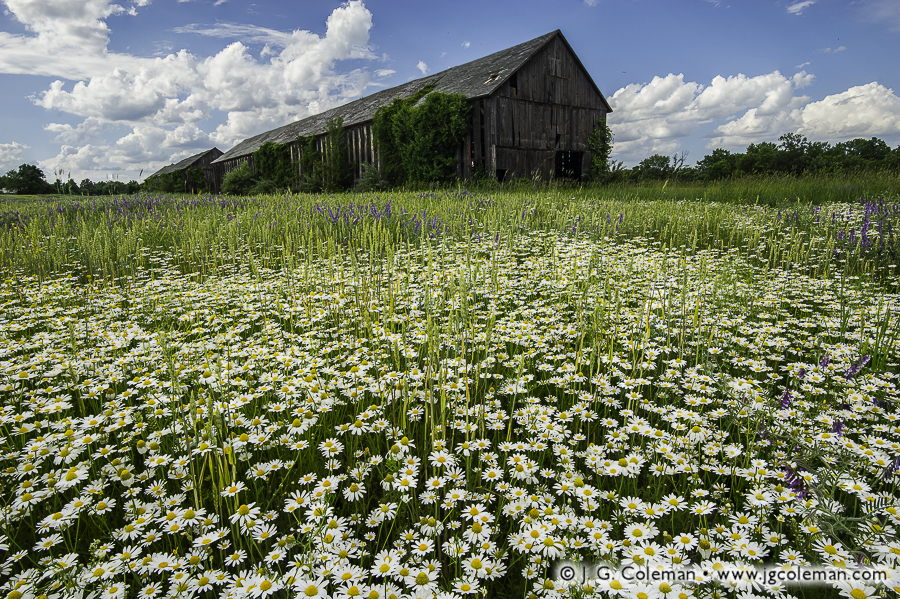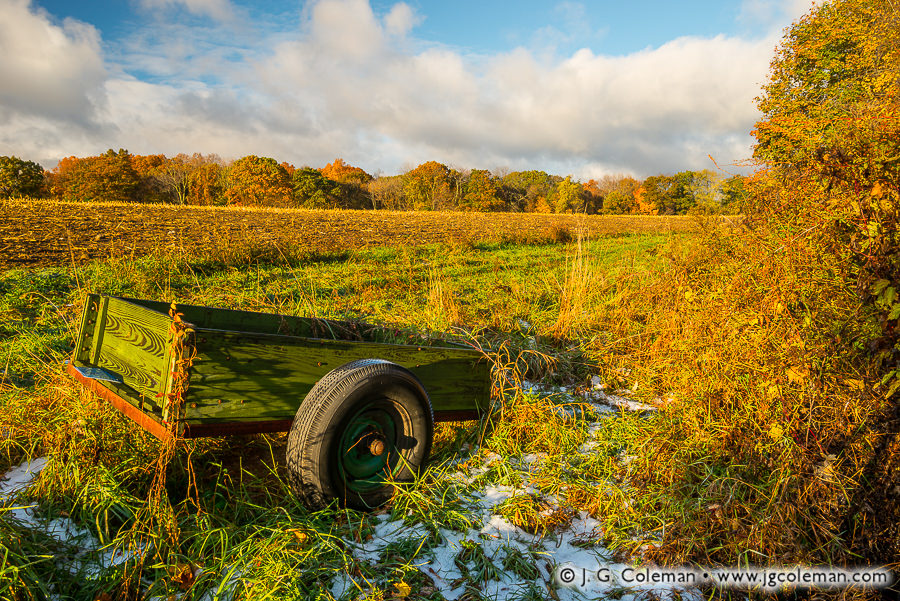
Washington, Connecticut
© 2016 J. G. Coleman
Despite being bathed in the molten glow of dawn as October comes to a close, icy temperatures more befitting of winter descend upon this mowed cornfield in the hills of Western Connecticut. Snow lingers in the shadows beside a rickety cart, remnants of a recent storm that stubbornly persist despite autumn’s protests.
I originally intended for my Yankee Farmlands project to be rolled out in real-time, each new installment having been produced only a week or two before its release. For two years or so, that’s exactly what I did. But an increase in clients and a heavy shooting schedule last autumn made it prohibitive to continue such a rigorous roll-out.
The result? You’re just now seeing the project installments that I was shooting about seven months ago. But I must say, there’s something strangely satisfying (in a contrary sort of way) about rolling out imagery of a chilly autumn day just as Connecticut abruptly ticks up into the 90s.
Purchase a Fine Art Print or Inquire About Licensing
Click here to visit my landing page for “Yankee Farmlands № 93” to buy a beautiful fine art print or inquire about licensing this image.
Want to See More?
Be sure to check out all of the work from my Yankee Farmlands project.



